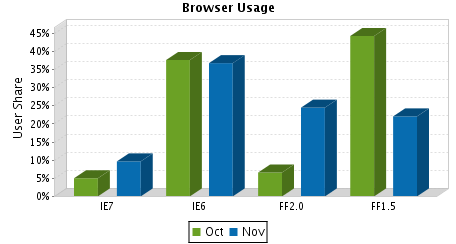Ouch that’s a longish title. OK, I admit, I am tired, could not decide between two messages and ended up combining them. Well, let’s see the messages.
The Art of Pricing

The other day I got into a tweet convo with a Startup Entrepreneur whose product I found interesting, at least at first glance. But he has a problem: the entry point for one user is $20/month – and then the price scales up. I tried to convince him to drop the entr
y price point to either free, or $1-$2 – something that allows impulse buy. He defended his pricing on a value basis. In principle he is right – but there’s the small problem that nobody knows about his product. In this case “giving away” value would become his marketing, would allow for growth, and he could scale his pricing as aggressively as he wanted. He badly needs enthusiastic users that become his marketing army.
My friend and fellow Enterprise Irregular Charlie Wood (that was my bias disclosure…) understands this…
(Cross-posted @ CloudAve » Zoli Erdos)

 (Updated)
(Updated)
 ). Clearly, the majority of new IE7 users are not IE6 upgraders, they came from the Firefox camp.
). Clearly, the majority of new IE7 users are not IE6 upgraders, they came from the Firefox camp.

Recent Comments